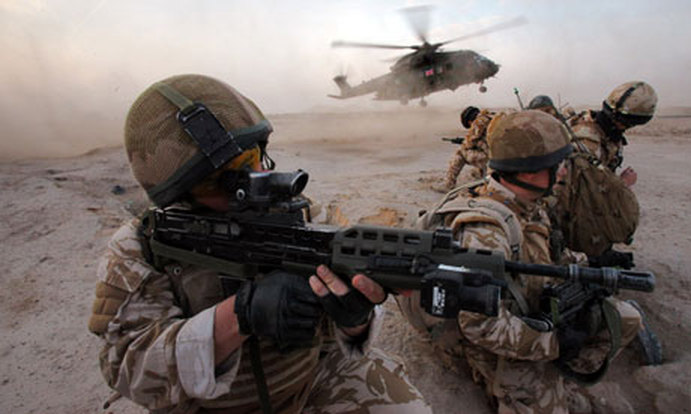My Best Friend, Journalist Marie Colvin an American working for Britain's The Sunday Times, was killed in Homs-Syria today.
Her intrepidness invited comparisons with the pioneering war reporter and fellow American Martha Gellhorn.
Born in Long Island, she was educated at Yale University and started her career as a police reporter for a news agency in New York before moving to Paris and then London.
She joined the Sunday Times in 1986 as a Middle East correspondent, covering the strife in Beirut, the intifada in Israel, the Iran-Iraq war, and Yemen, where she smuggled herself in from Djibouti by boat. By the time the first Gulf War came around in 1991 she was already battle-hardened.
She was decorated for her reporting from Chechnya, where she was pinned down by fire from Russian aircraft and troops. Finding her last relatively sensible line of retreat cut off by paratroopers, she escaped over an icy mountain path into Georgia, but after four perilous days' journey found herself stranded.
Marie had a knack for getting into places before her contemporaries and leaving long after they had given up, her goal, to report the whole story and in depth. She was a brave and courageous woman and will be sorely missed. My first meeting with Marie was in Vienna, Austria in 1995, when she did a piece on me for The Sunday times, we kept in contact over the years, anyone who met Marie was immediately taken by her strength of character and her ease of wit. The only battle scars that Marie showed were the physical ones and with her usual elan she made them into a positive rather than a negative. Marie's dedication to reporting made her the respected name is journalism that she is. I fear that with her loss the world of journalism has lost a lot more of it's integrity.
Marie's death came as a double blow to me, firstly the loss of such a wonderful person and journalist and secondly for her death to occur in Syria a country so beautiful but troubled, a country that I have fond memories of because it was there that I reunited with my family in 2004.
Marie you are immortal in our memories, R.I.P. My condolences to your family and everyone who's life you touched, like me they too will never forget you.
Marie had a knack for getting into places before her contemporaries and leaving long after they had given up, her goal, to report the whole story and in depth. She was a brave and courageous woman and will be sorely missed. My first meeting with Marie was in Vienna, Austria in 1995, when she did a piece on me for The Sunday times, we kept in contact over the years, anyone who met Marie was immediately taken by her strength of character and her ease of wit. The only battle scars that Marie showed were the physical ones and with her usual elan she made them into a positive rather than a negative. Marie's dedication to reporting made her the respected name is journalism that she is. I fear that with her loss the world of journalism has lost a lot more of it's integrity.
Marie's death came as a double blow to me, firstly the loss of such a wonderful person and journalist and secondly for her death to occur in Syria a country so beautiful but troubled, a country that I have fond memories of because it was there that I reunited with my family in 2004.
Marie you are immortal in our memories, R.I.P. My condolences to your family and everyone who's life you touched, like me they too will never forget you.
 |
| Marie Colvin and Latif Yahia 1995. |




